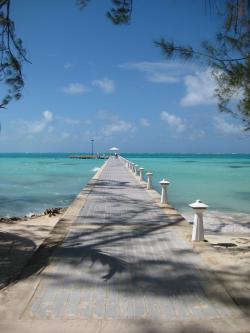jks
About
- Username
- jks
- Joined
- Visits
- 36,739
- Last Active
- Roles
- Member, Administrator, Moderator
- Points
- 670
Reactions
-
Direction Finding and linking existing KiwiSDRs
Okay, v1.197 is out. Restart to get it immediately. See the change log file: https://github.com/jks-prv/Beagle_SDR_GPS/blob/master/CHANGE_LOG
Don't forget that you can save yourself a little time by creating a bookmark that auto-launches the extension, e.g.
http://kiwisdr.jks.com:8073/?f=77.5iqz10&pbw=1000&ext=tdoa -
Direction Finding and linking existing KiwiSDRs
-
Direction Finding and linking existing KiwiSDRs
-
Direction Finding and linking existing KiwiSDRs
-
Direction Finding and linking existing KiwiSDRs
@W1EUJ Currently position solutions requiring 4 or more satellites are needed to get timing solutions. Although Christoph has a method using a Kalman filter in which individual pseudo-ranges from a single satellite can generate subsequent timing solutions (if I remember correctly). This code is not yet integrated into a Kiwi release. -
API for WSPR status
-
Direction Finding and linking existing KiwiSDRs
-
Save money on another Kiwi or tell a friend [KiwiSDR sometimes on drop.com for $100 off MSRP]
-
CAT Sync - The CAT Tool for WebSDRs
-
Direction Finding and linking existing KiwiSDRs
Nice article on rtl-sdr.com about the topic: https://www.rtl-sdr.com/locating-various-hf-transmitters-and-number-stations-with-kiwisdrs




